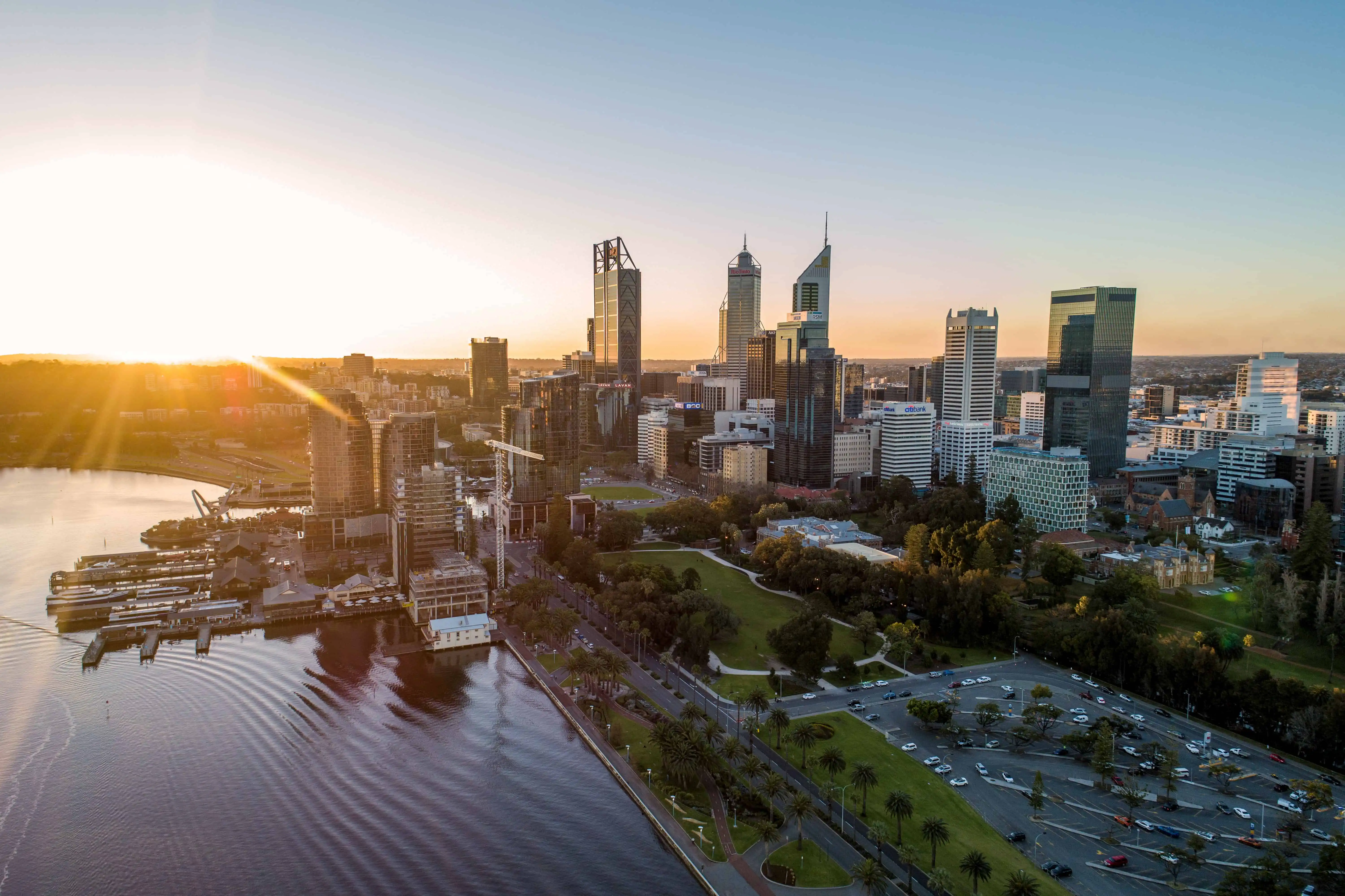Mid-Year Snapshot: Perth’s Property Moves So Far & What’s Ahead for 2025
.png)
We’re at the halfway mark of 2025, and Perth’s property and rental market has continued to evolve, making for enthralling viewing.
After several years of low supply and strong demand, the first half of this year has shown signs of a slight recalibration.
So, in true half-time fashion, let’s break down the key moments from the first two quarters — and what might be coming in the second half of the year.
Rental Market: Listings & Pricing Trends
At the start of the year, rental availability had been slowly ticking upward after an extended period of extreme scarcity – remember when the vacancy rate sat at just 0.7%?
By January 2025, that rate had climbed to 2%, the highest since 2020, and reached 2.5% by March. It has hovered around that level since.
To put this in perspective, REIWA views a vacancy rate between 2.5% and 3.5% as indicative of a balanced rental market.
Despite the uptick in listings, supply is still tight enough to drive prices higher. So far this year, Perth’s median rent has climbed around 5%, moving from approximately $660 per week in January to $680 by the end of June.
Population Growth: Who’s Moving to Perth?
According to the latest ABS figures, Western Australia’s population expanded by 2.4% in the year ending December 2024 — adding around 70,000 people.
While this is a step down from the 3.3% growth recorded the previous year, WA remains the fastest-growing state in Australia.
Queensland and Victoria follow, both growing at 1.9%.
Of the 70,000 new residents, overseas migration accounted for the majority (roughly 45,000).
The rest was evenly split between interstate migration and natural increase (births), with around 12,000 each.
WA’s robust economy and strong job market — especially in resources and construction — continue to attract people from abroad, further fuelling demand for housing.
Perth Housing Construction: Picking Up Pace, But Still Behind
There’s some good news on the supply side. Both housing starts and completions are trending up after years of disruption caused by labour shortages and material delays.
Recent ABS figures show approximately 16,400 homes commenced construction in the past year – up 40% from the 11,700 started the year before.
Completions are also improving, with around 17,600 homes finished this year compared to 15,300 the previous year – a 15% increase.
Still, this growth isn't enough to meet demand, which means price pressures remain across both the rental and ownership markets.
Sales Listings: Supply Stays Tight
The sales market in Perth continues to feel the effects of limited stock – one of the main drivers of the city’s post-COVID capital growth.
Throughout 2024, property listings remained stubbornly low, consistently under 3,000 — well below REIWA’s balanced market range of 10,000 to 12,000.
Early 2025 saw a brief rise to about 4,250 listings, but that didn’t last. By the end of June, numbers had slipped below 4,000 again — the lowest since September 2024.
With so few properties on the market, competition is fierce. Many homes attract multiple offers and are snapped up within a week.
Home Values: Growth Continues, Just More Gently
At the start of 2025, the median dwelling value in Perth was about $750,000. By mid-year, it had grown to $786,000 — marking a 5% increase.
While that’s a slower pace than 2024’s 20% surge, Perth remains one of the country’s top cities for capital growth.
And with listings still tight and interest rates beginning to edge lower, the upward pressure on prices looks set to continue.
Looking Ahead: What Could the Rest of 2025 Bring?
As we head into the second half of the year, both vacancy rates and sales listings are expected to hold relatively steady — a combination that’s likely to support further price increases.
Although some renters are making the leap into home ownership and more properties are coming to the rental market, these gains are likely to be overshadowed by WA’s continued population growth.
Based on an average household size of 2.6 people, a population increase of 70,000 annually requires about 27,000 new dwellings each year. With only 17,600 completions, the gap between supply and demand remains significant.
This ongoing imbalance, along with the potential for further interest rate cuts, is expected to keep both rental and property prices on an upward trajectory.
For investors eyeing Perth, it’s important to note that not all markets within the city are equal.
Some outer suburbs and new developments are seeing an increase in housing supply, which is placing downward pressure on prices and rents in those pockets.
On the other hand, more established suburbs – where new builds are limited and supply is tighter – are likely to see stronger performance. These areas are well-positioned to lead the market through the remainder of 2025.
Ready to get Started?
Talk to our team today and find out how we can help maximise your property's return.

.webp)

.png)


